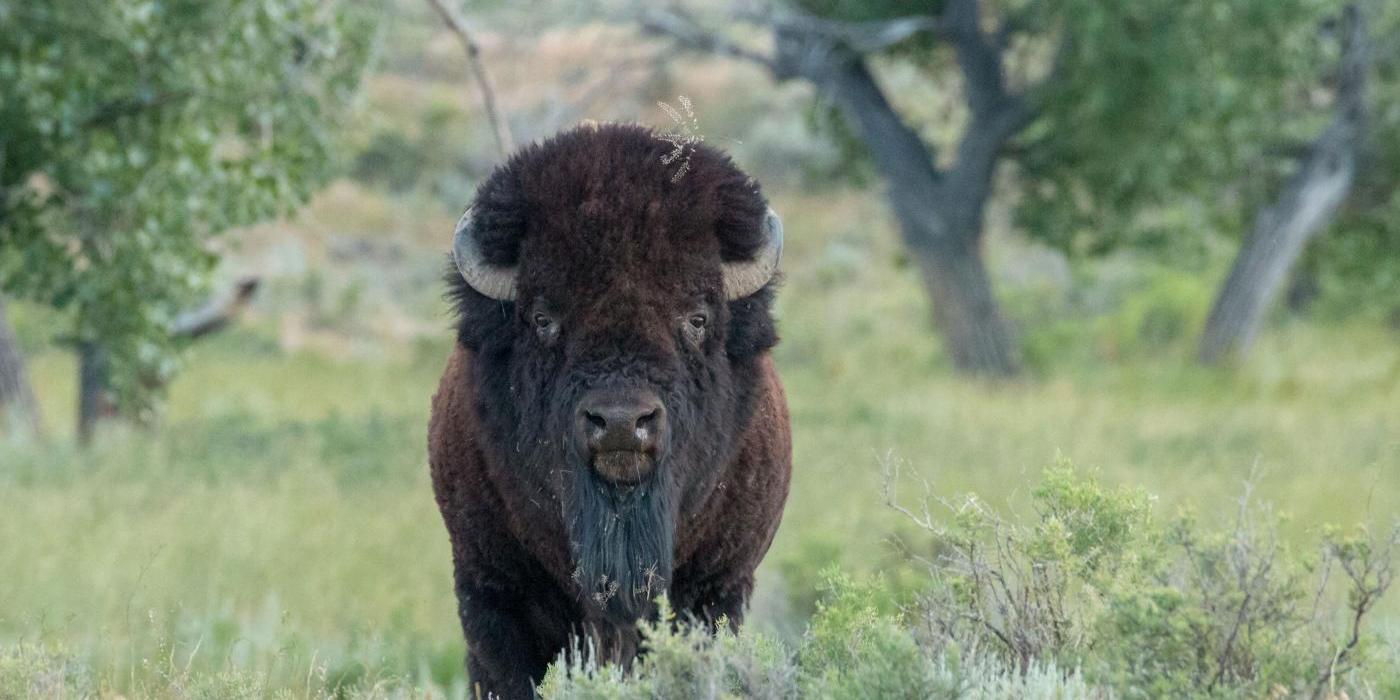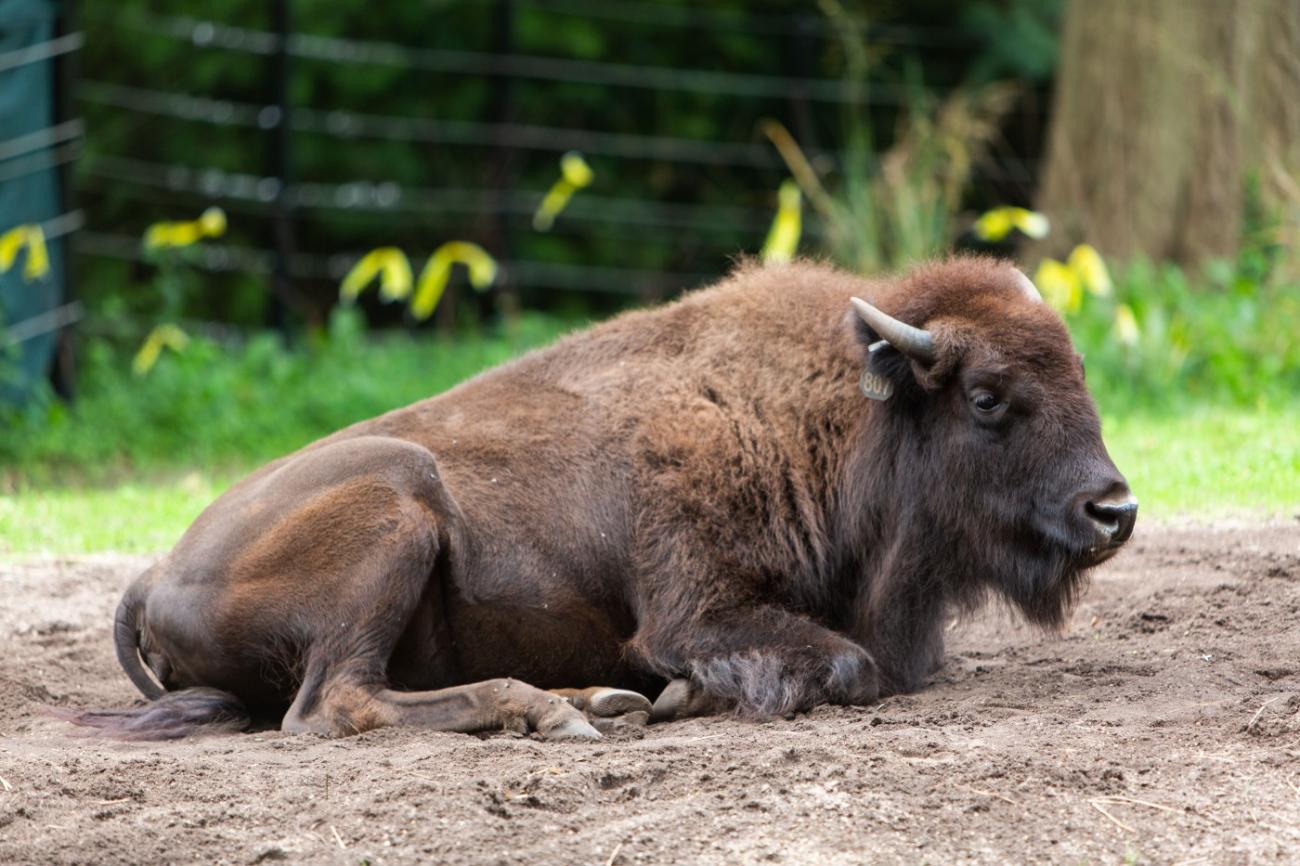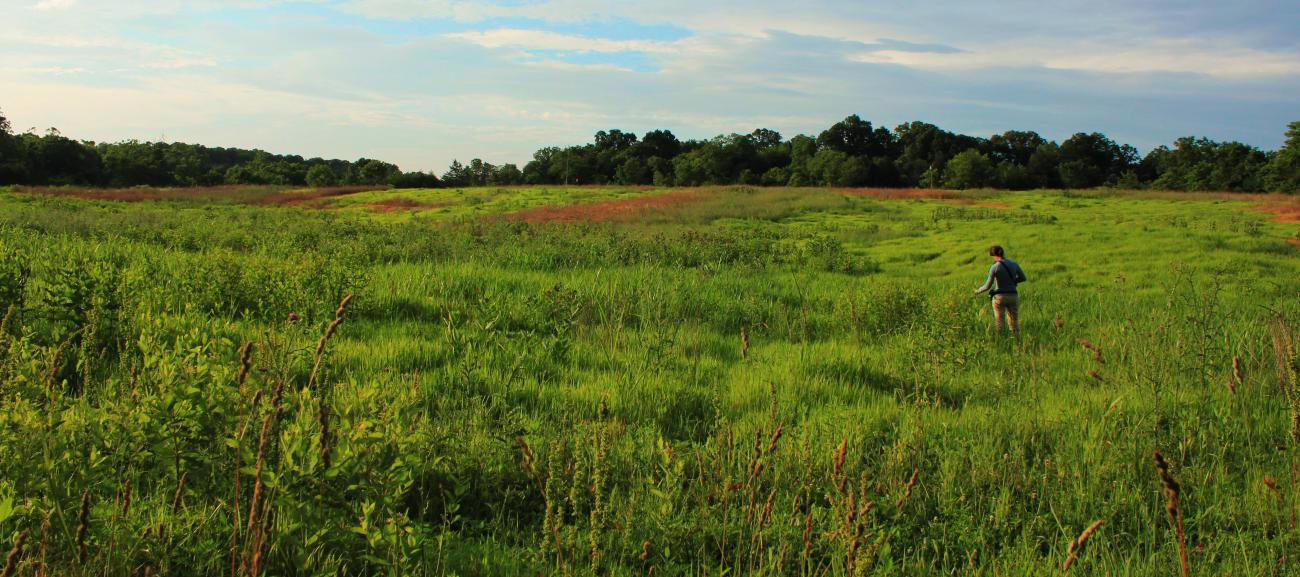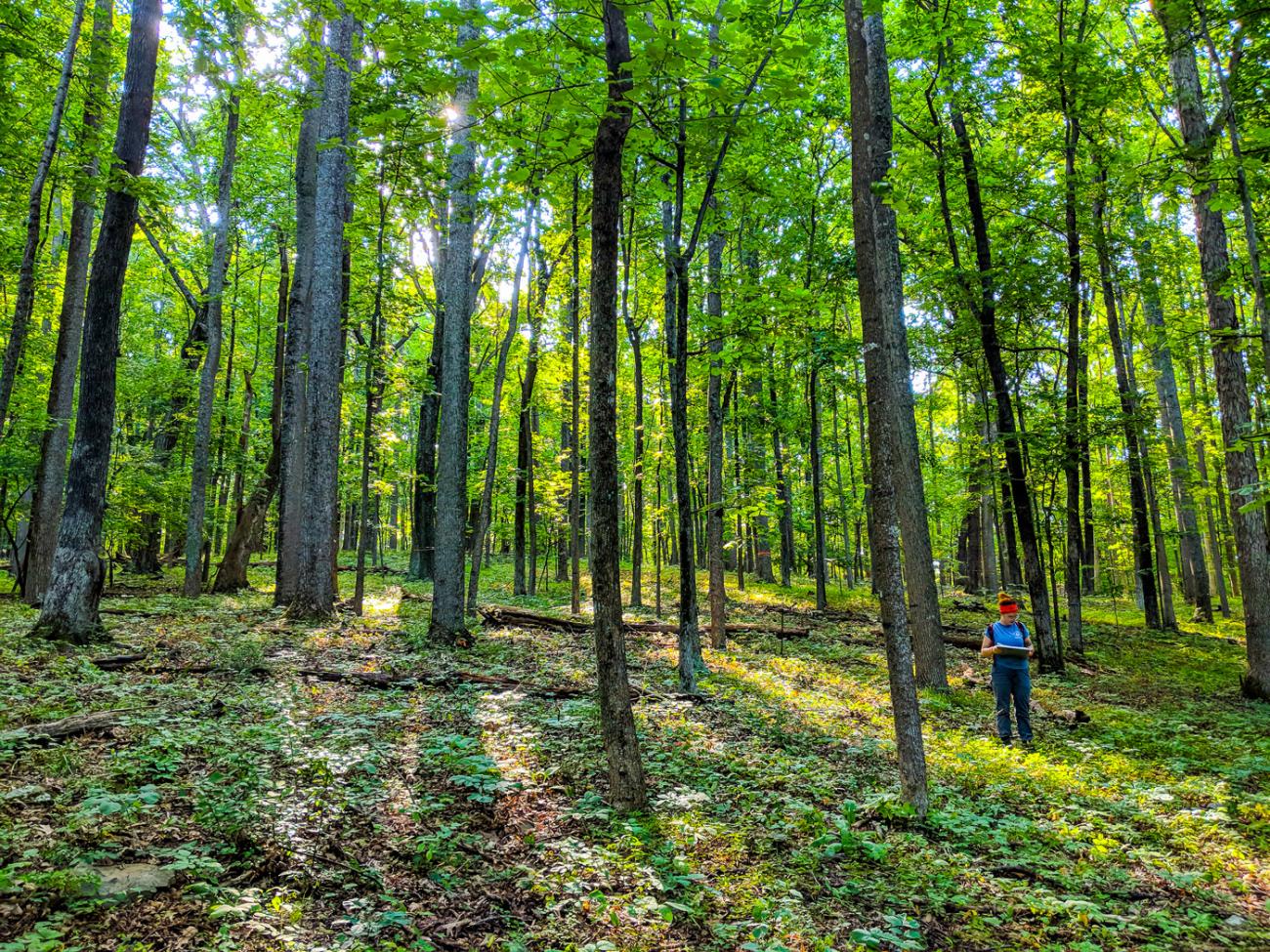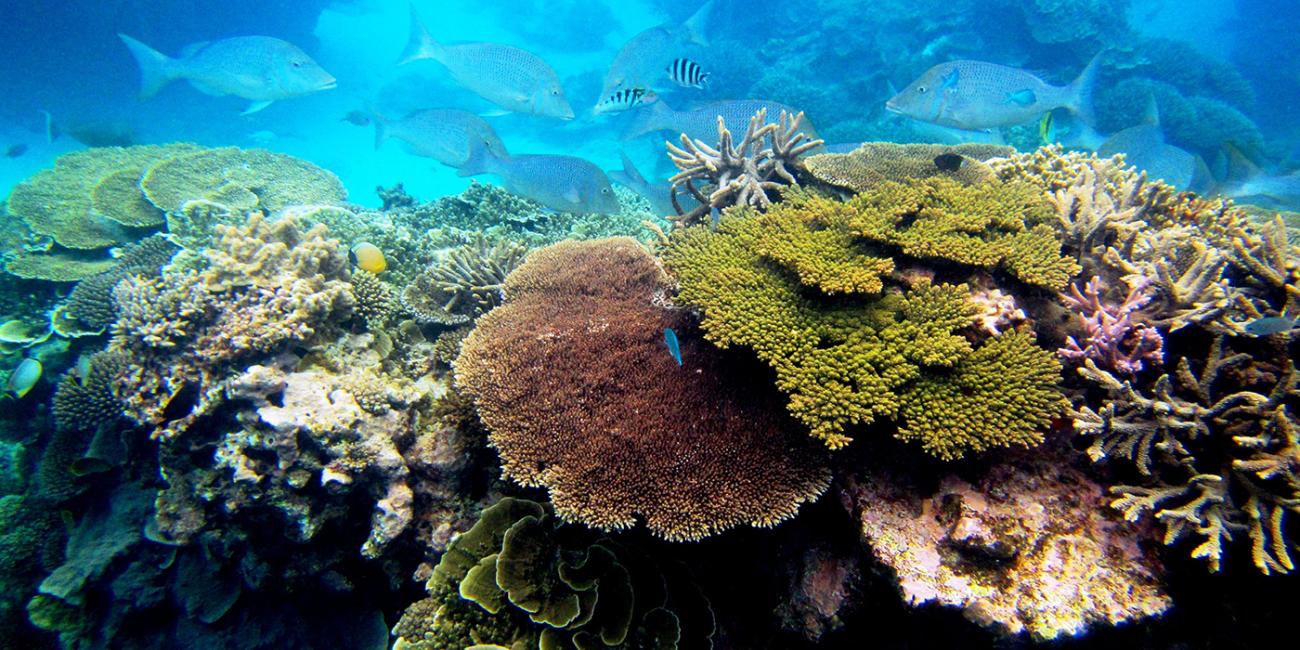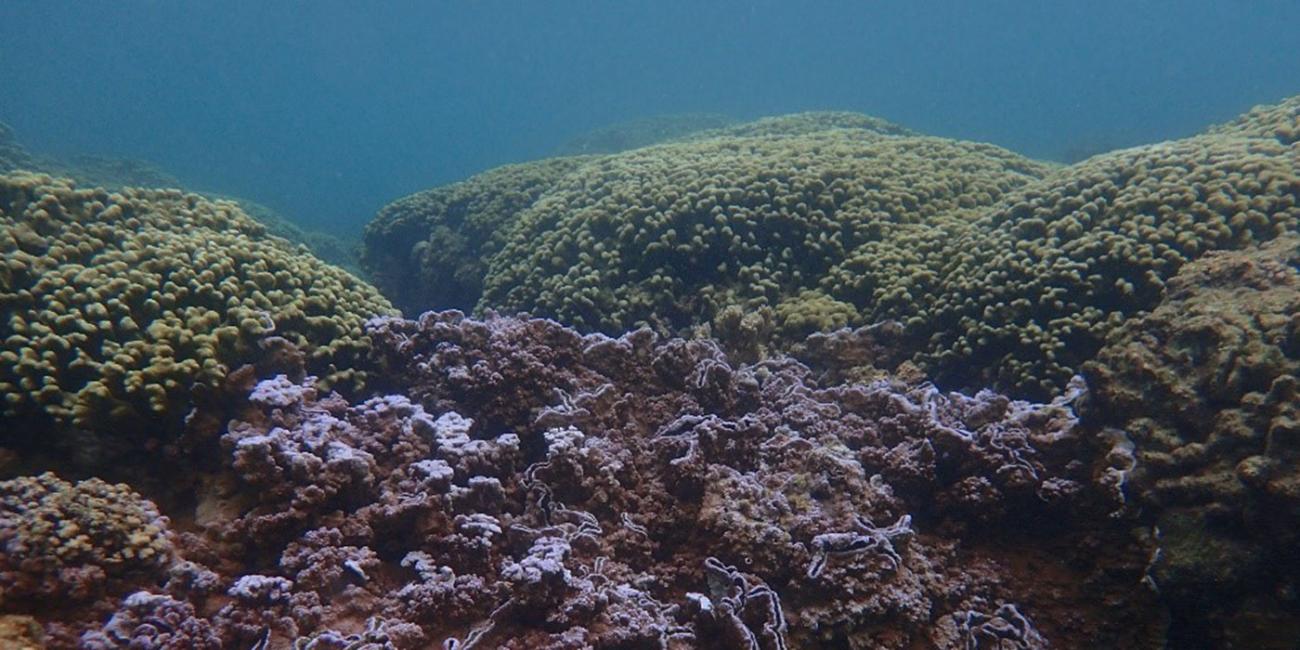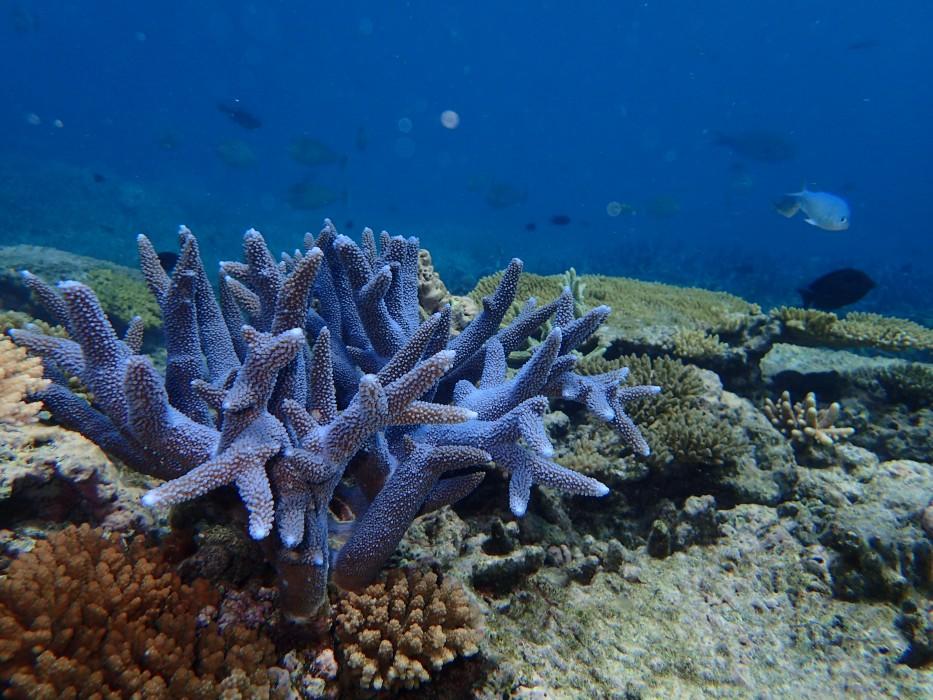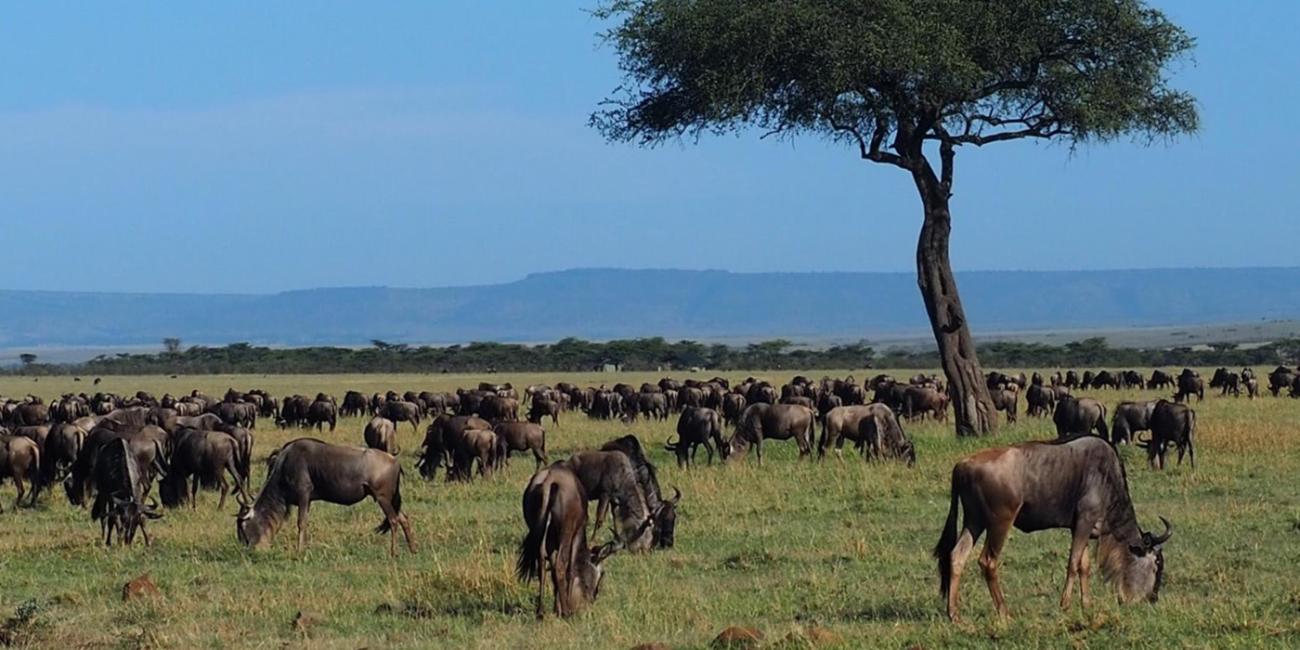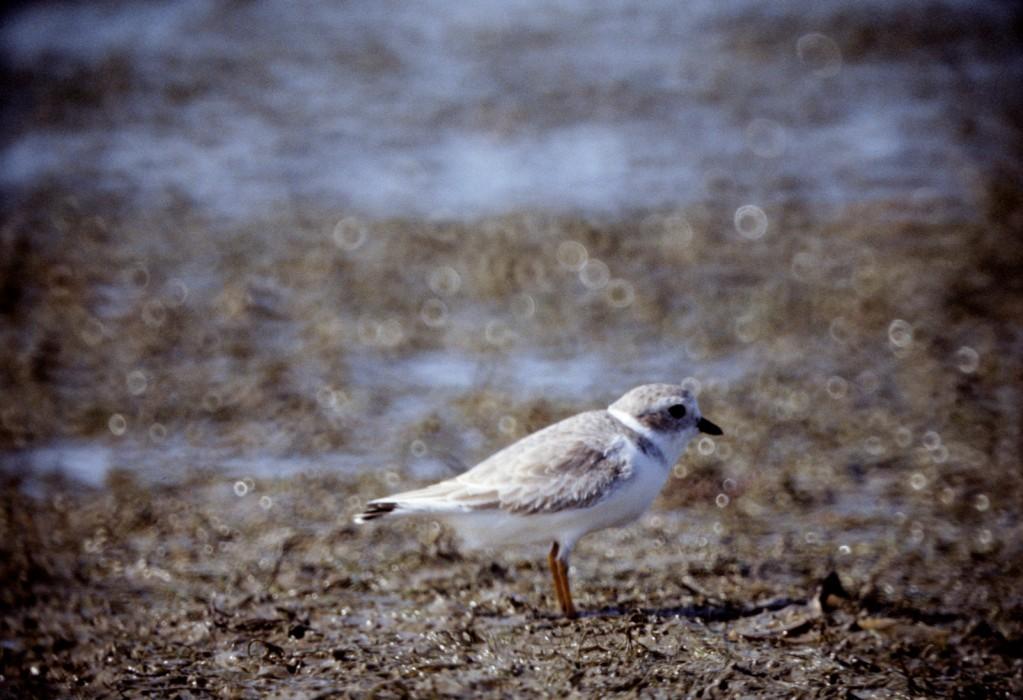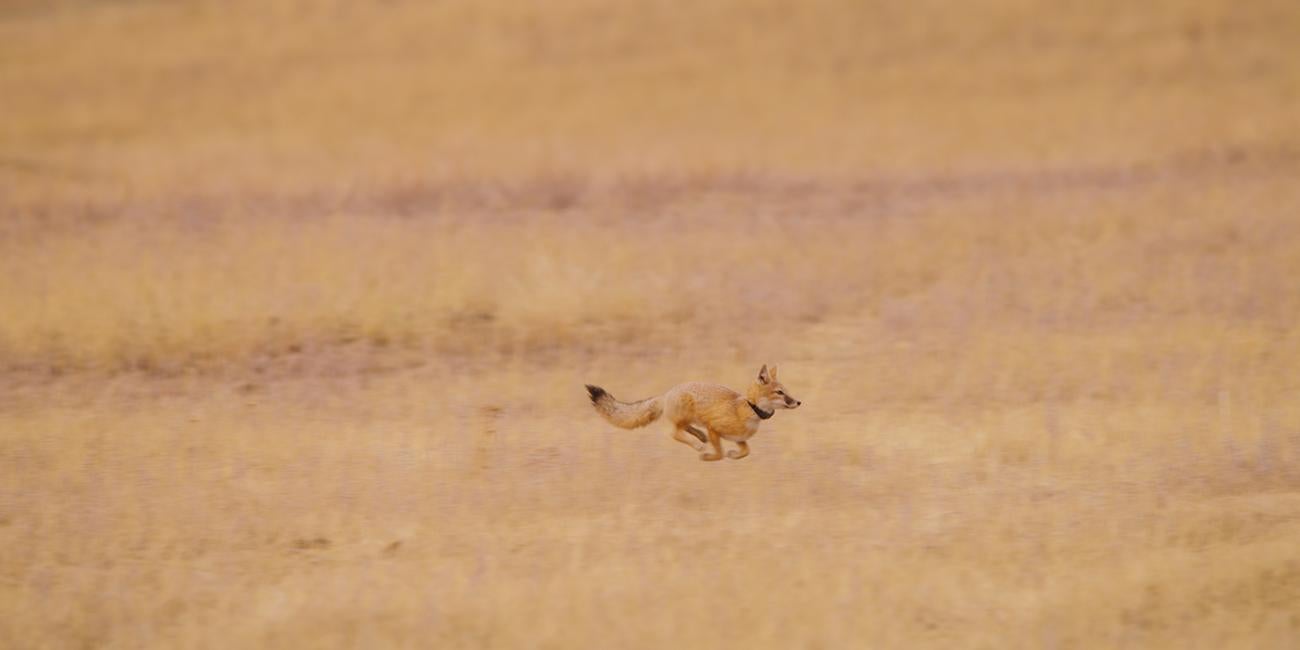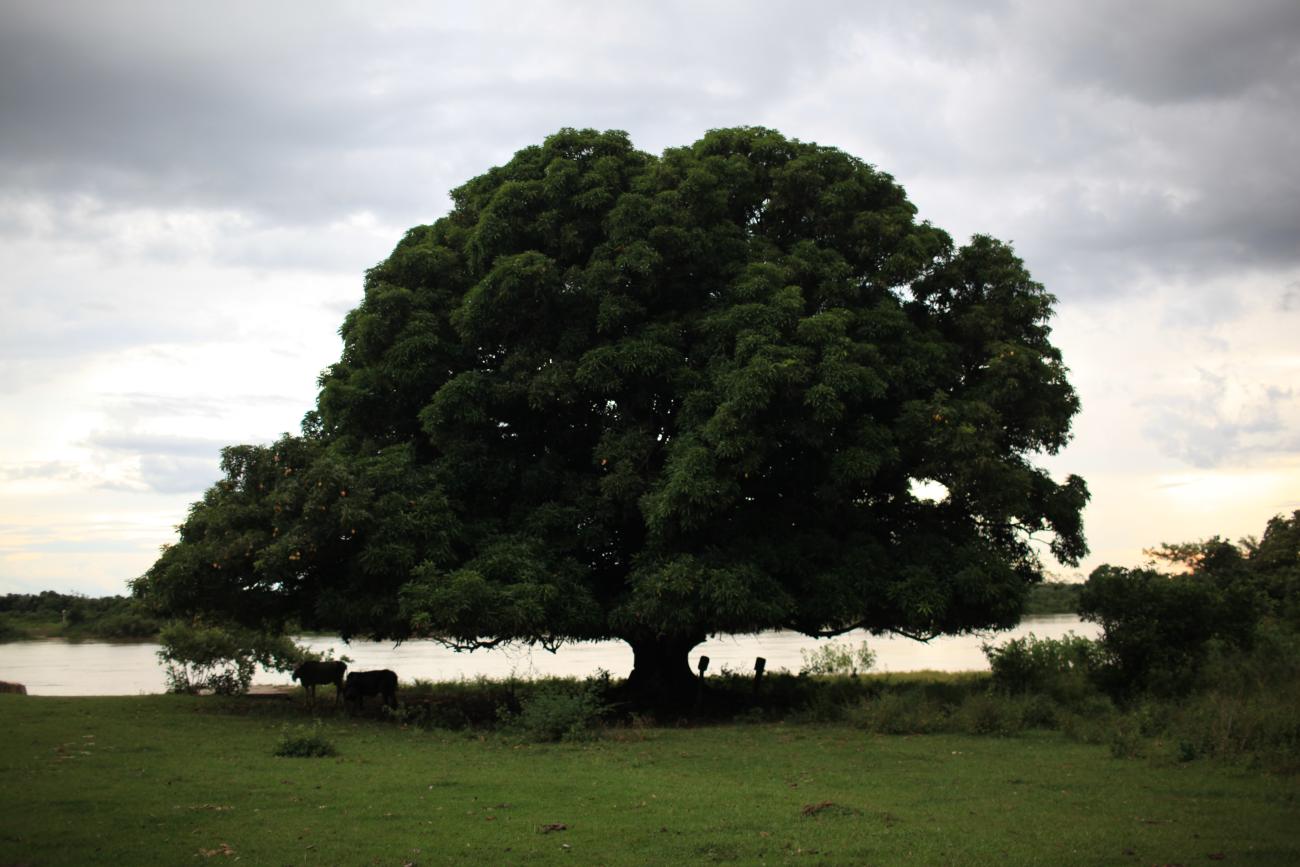Restoring the Plains Bison: America's National Mammal
Bison used to roam the Great Plains in tens of millions. Overhunting and habitat loss brought these iconic animals to the brink of extinction by the early 20th century. Today, remnants of their species live in small spaces where they've been reintroduced – but their role in shaping grasslands remains vital.
The Great Plains Science Program is working with Tribal Nations and partners like American Prairie to restore Plains bison to their native landscapes. Our team studies bison behavior, movement, and ecological impact using ground surveys and fine-scale aerial imagery. We track how bison influence plant life, biomass, insect communities and grassland birds, and investigate the complexity of their social bonds and herd dynamics to inform large-scale management strategies.
The value of a keystone species
Despite their reduced population size, bison have an outsized impact on prairie ecosystems. As a keystone species, their behaviors – like grazing, wallowing, and seed dispersal – help shape diverse microhabitats that support birds, insects, amphibians, and plants.
These natural disturbances increase landscape diversity and boost ecosystem resilience. However, barriers to movement and small, fragmented populations limit their full ecological potential. That’s why our conservation efforts focus on developing management strategies that maintain bison’s natural behavior and movement patterns – critical to restoring grassland health.
How we study bison and their habitat
We use a combination of fieldwork, technology, and biology to study how bison shape their environment and how best to support their ecological role. Our work includes:
- Merging field data with aerial imagery to map plant composition, biomass, and nutrient distribution
- Monitoring indicator species like grassland birds using audio and visual recordings to assess prairie health
- Analyzing bison genetics, diet, movement, and behavior to uncover the drivers of social bonds and collective herd movement
By deepening our understanding of bison ecology, we aim to restore their role as ecosystem engineers across North America’s grasslands.
